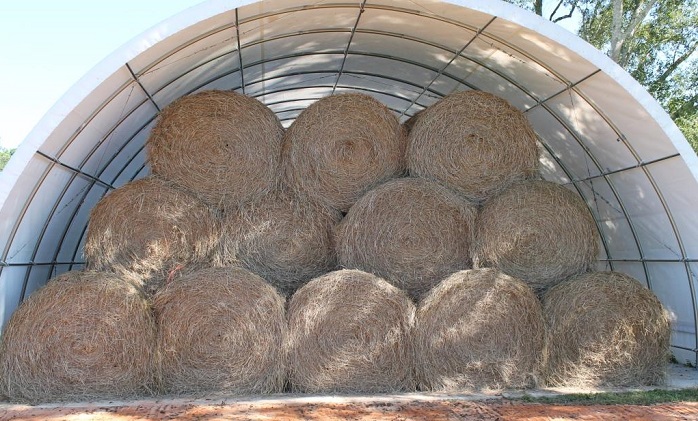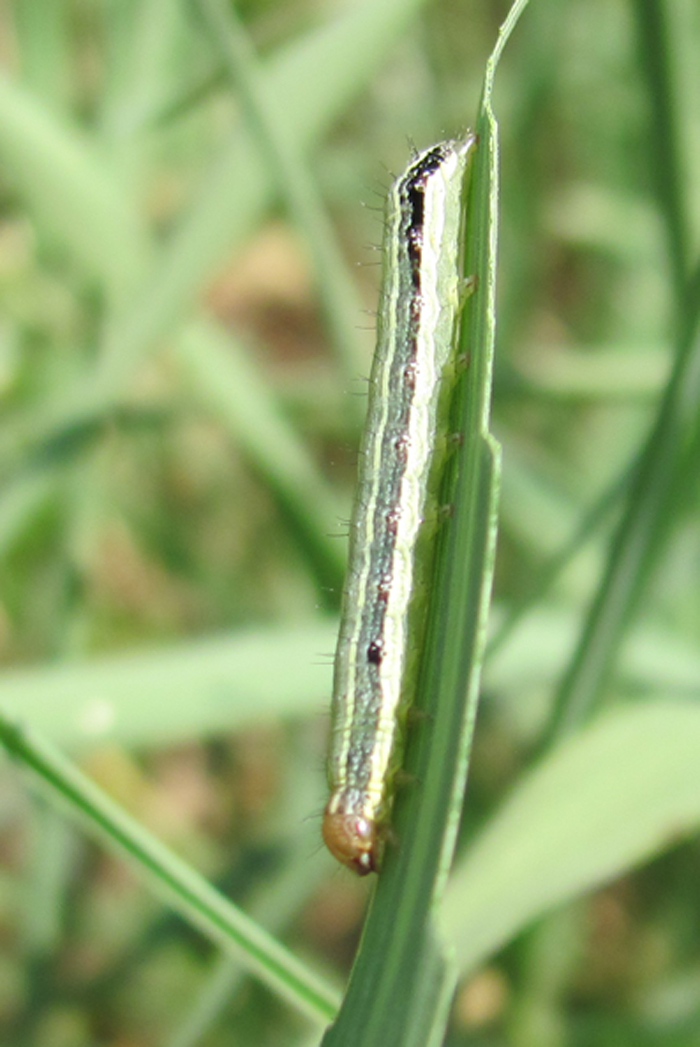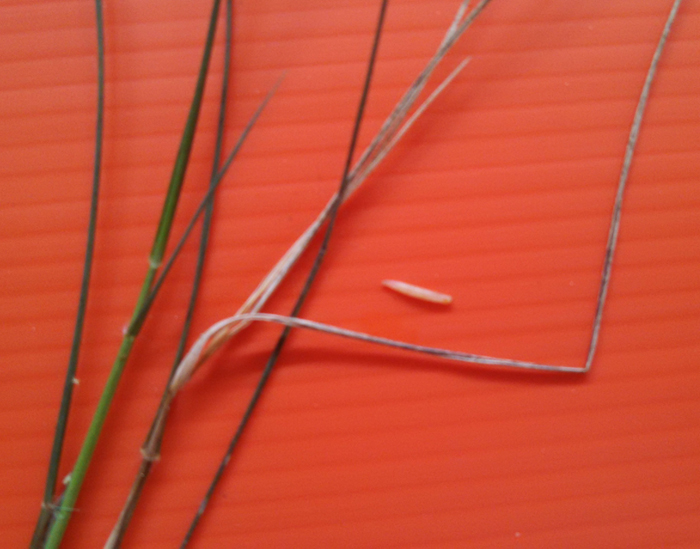by Matt Hersom | Oct 3, 2014
Hay feeding is a common practice for many beef cattle enterprises in North Florida. The key question is, are you getting all of the value you expected out of that bale of hay? Multiple factors affect the value and profitability surrounding hay feeding of beef cattle....
by jferrell | Sep 19, 2014
Jay Ferrell, UF/IFAS Extension Weed Specialist Spiderling (Boerhavia spp). is an annual/perennial that is becoming more prominent in north Florida. Once only observed on roadsides, spiderling is now becoming established in no-till peanut fields and perennial peanut...

by Mark Mauldin | Jul 25, 2014
It’s mid-summer, rain fall has been adequate, and hay barns are starting to fill up across the Panhandle. Recently, I had the opportunity to visit several Bermudagrass hayfields that were not producing up to their potential for both yield and quality. A common trend...

by Doug Mayo | Jul 18, 2014
Every summer, fall armyworm moths fly up from South Florida to lay their eggs in well fertilized hay fields and forage crops in the the tri-state region. The timing of the first major infestations varies from year to year, from May through August. Judging by reports...
by ndilorenzo | Jul 11, 2014
Nicolas DiLorenzo, State Beef Specialist, University of Florida NFREC With the hay season in full swing, we are now ready to reap the benefits of the combination of temperature and moisture to be able to (hopefully) lower our feed bill later in the year when the grass...

by Russ Mizell | Jul 11, 2014
Bermudagrass Stem Maggot Likely to Increase in North Florida Liza Garcia-Jimenez, UF/IFAS NFREC IPM Program The first high populations of Bermudagrass stem maggot (BSM), Atherigona reversura, are now occurring in Central Florida and likely will be seen in North...



